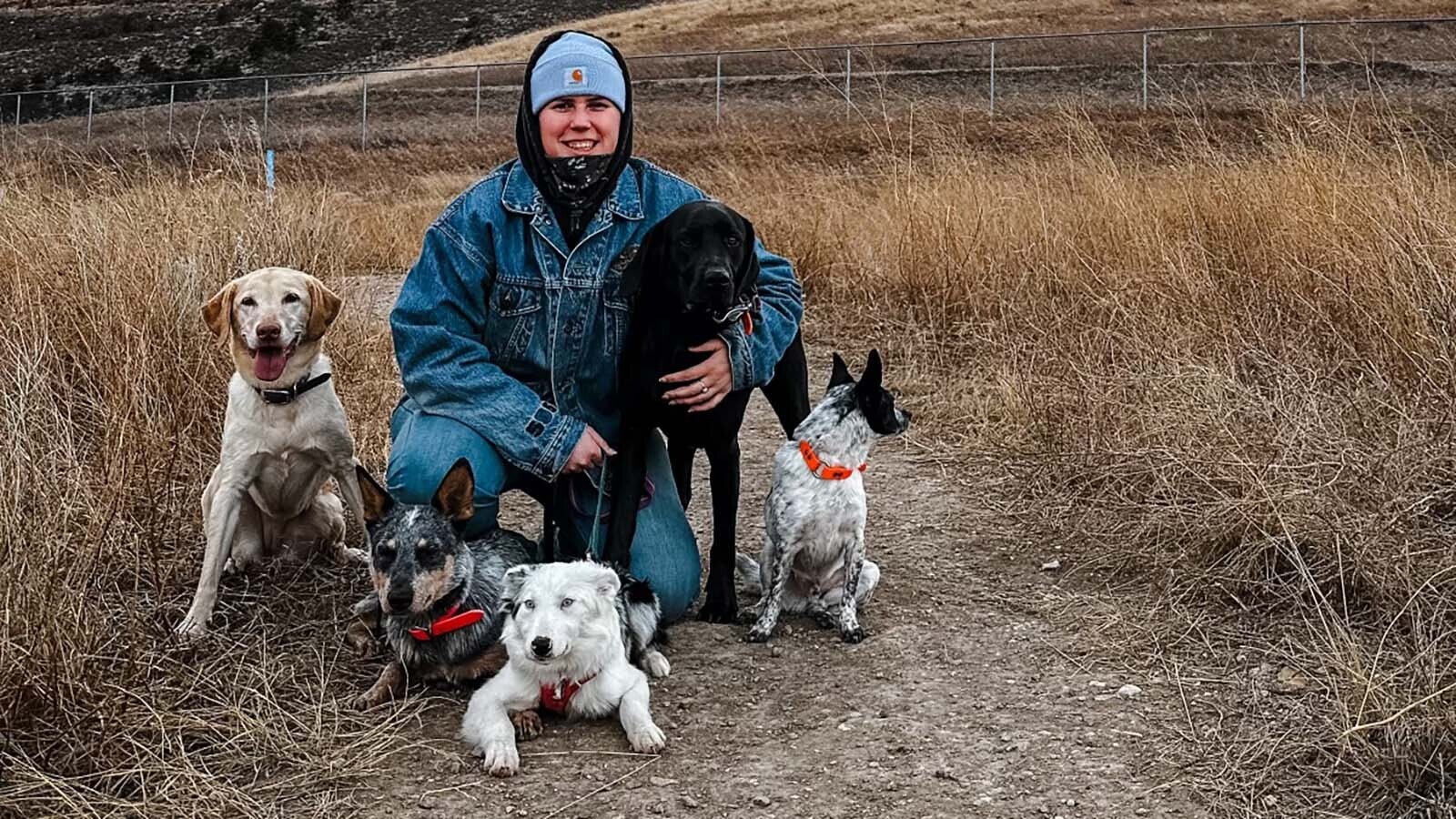For Sam Lightner Jr., the unsung strains of history are the most enticing.
The Lander, Wyoming, author’s 12th book “In The Valley of the Warm Winds” focuses on the story of Eastern Shoshone Chief Washakie, who demanded sovereignty and recognition for his tribe from the ever-encroaching U.S. settlers.
Self-published in late 2024, the historical fiction novel spans the entire 19th century of the American West – a time when the United States strove against major world governments for control of the vast land masses stretching to the western coast. But those land masses were already occupied, by a stormy mix of indigenous tribes.
Lightner set out to capture that century and the settling of the West. He realized Chief Washakie was alive for all of it.
“He was a dominant character,” Lightner told Cowboy State Daily. “He dominated in everything he did. I couldn’t help but start making (the story) around him.”
And that wasn’t for a lack of other interesting characters. Renowned trapper and trader Jim Bridger, Tom Fitzpatrick, John C. Fremont, and a host of other men whose names still characterize Wyoming regions were also key players.
The Lost Voices
Bridger and Washakie both drew Lightner’s imagination because despite all their mighty acts, neither could write.
Which means their histories are kept only by people who wrote about them.
Lightner pulled from what others wrote about the men, from tales and lore still circulating on the Wind River Indian Reservation and among Washakie’s descendants, and from the historical context — to create a warm banter between the two dear friends that buoys the book’s otherwise brutal storylines.
“(I wanted) to give voice to the unsung narrative by thinking up the story in dialogue,” said Lightner, noting that while the historical events in the book’s sequencing are largely supported by history, the conversations are a product of his own imagination. “I know the history. But what would (Washakie’s) discussions be like?”
Tales on the reservation paint Washakie as having a slow and perceptive humor, Lightner said. History points to him having a strong brotherhood bond with Bridger.
Though Washakie remains controversial for being friendly to the "white tribe" - the encroaching settlers of European descent - he did so because he knew there was no stopping that force, Lightner said. And Washakie did what seemed to be in the best interest of his tribe,
"This guy is like an American hero if there ever was one, for all the things he pulled off," said Lightner. "(He was a) warrior; statesman, father."
The author sketched the relationships and conversations behind these themes with quotes of his own making.
But for more literate characters like Brigham Young, Gen. John C. Fremont and the highest political operatives of Washington D.C., Lightner sculpted conversations from their known quotes and writings.
History Being Blunt
History’s unapologetic nature reared its head.
“People like their heroes in history to be either all good, or demons – all evil,” said Lightner. “In this book you read about say, Brigham Young, and you read his own words about himself and who he was at that time.”
By today’s standards, Young’s hostility toward outsiders, embrace of polygamy and theocratic governance would be seen as bigoted and unsavory, Lightner noted.
“He was who he was; he was unashamed about it,” the writer said. “It’s not necessarily what people want to hear; but that’s actually the truth at the time.”
Lightner also deftly narrated an event with political ramifications that persist to this day: when 950 Arapaho tribal members, who were sick and starving, arrived at the Wind River region with a political escort in 1878 – 10 years after the U.S. government deemed it Shoshone land.
The newcomers were allowed to stay. The two tribes co-habit the Wind River region to this day.
Bridger And Washakie
The book also shows how fur-trapping mountain men often found themselves as pawns of major governments; fashion trends dictated the fur industry and by consequence, the political schemes of the day.
Political and regional shakeups aren’t the only elements that drive Lightner’s narrative.
He sketches an imagined episode for June 27, 1825, in which Washakie saves Bridger – then just a roving trapper – from a small war band of Blackfeet braves. Then just for fun, Washakie stalks Bridger across the prairie without the trapper noticing him. The episode culminates with the two men sharing a meal over a crackling fire.
“We don’t know how they actually met,” said Lightner with a chuckle. “You’re talking about two different people who couldn’t write down their own history, right? So we just don’t know. But that was how I gave it – let’s have (Washakie) following him.”
Bridger and Washakie were friends throughout their lives. Bridger ultimately married Washakie’s daughter, and assimilated in many ways into Shoshone culture.
Whether for good or ill, friendship is often a huge driving force of history, Lightner said.
“That’s the case with anywhere. Anywhere you go, there’s going to be a connection between people that you don’t know about,” he said. “I think friendships work a lot in the ways we’re governed and the way decisions are made, you know.”
That’s not always a good thing: nepotism and favoritism can sway logic and goodwill. But friendship can also soften hostility into diplomacy for the good of all.
“There’s other deals where you go, ‘Well, I’m glad those two get along, because that was a good thing for us,’” Lightner said.
In the case of Washakie and Bridger, their friendship formed a bridge between two cultures.
Contact Clair McFarland at clair@cowboystatedaily.com

Clair McFarland can be reached at clair@cowboystatedaily.com.










